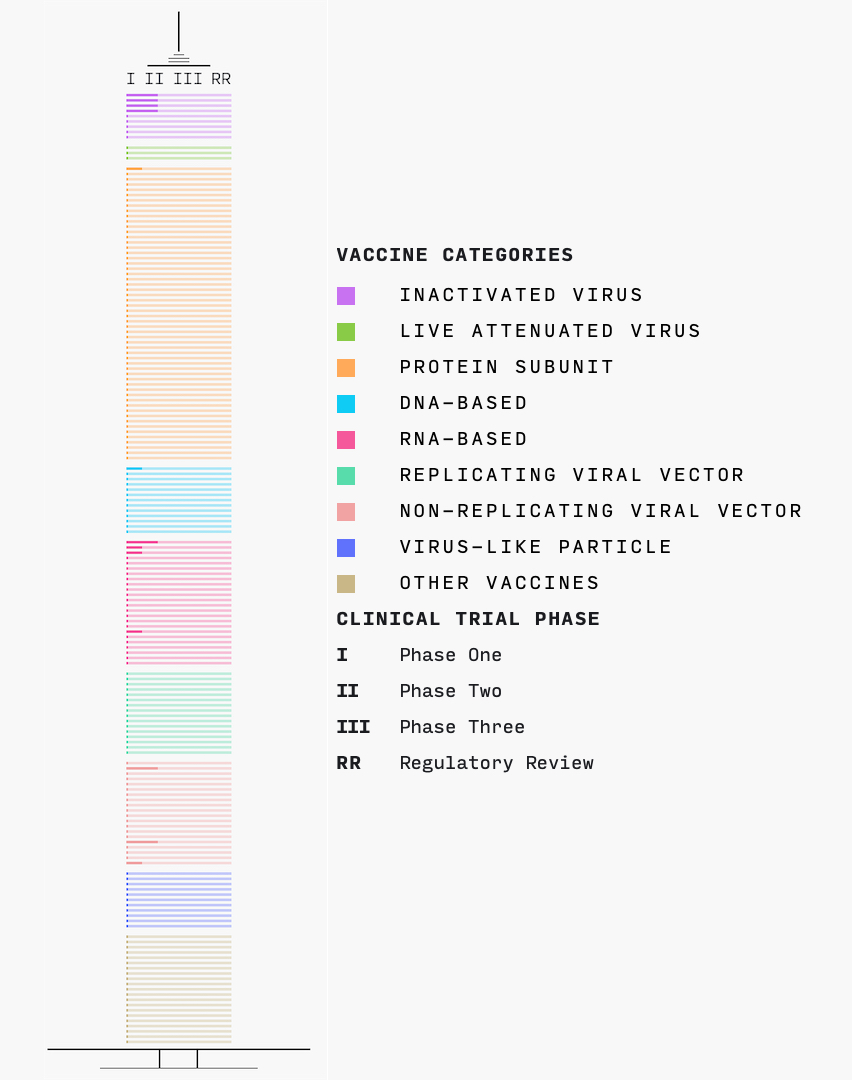wannabe
"Insignificant Other"
Sorry for starting a whole new thread, but I just listened to the latest TWIV podcast, and I had a number of questions for Dr. SLO or Snaggy about a few things that were mentioned/discussed in the episode. Unfortunately, the main Covid thread has gotten much too toxic for me. Feel free to move this thread if you need to.
My question was related to the preprint they referenced early in the episode where the researchers saw a good amount of T-cell activity was maintained for a couple months after recovering from a mild Covid 19 symptoms. (I think 'mild' just means that they didn't go to the hospital.)
I believe that this was the paper: https://www.medrxiv.org/content/10.1101/2020.06.21.20132449v1.full.pdf (It was posted on their show notes.)
Here are my questions:
In the discussion portion of the paper, they mention that they demonstrated that they have seen a 'specific T cell response in absence of seroconversion. Does this imply that in some cases, T cells play a larger role in fighting the COVID19 virus than antibodies do? Or, is this only the case with a 'transient exposure' as mentioned in the paper?
Also, does this imply that people could have the virus and be able to transmit it but still result in negative antibody test results?
Thanks again for recommending the podcast. This is the first one that made me feel like the researchers are actually making progress. :thumbup
My question was related to the preprint they referenced early in the episode where the researchers saw a good amount of T-cell activity was maintained for a couple months after recovering from a mild Covid 19 symptoms. (I think 'mild' just means that they didn't go to the hospital.)
I believe that this was the paper: https://www.medrxiv.org/content/10.1101/2020.06.21.20132449v1.full.pdf (It was posted on their show notes.)
Here are my questions:
In the discussion portion of the paper, they mention that they demonstrated that they have seen a 'specific T cell response in absence of seroconversion. Does this imply that in some cases, T cells play a larger role in fighting the COVID19 virus than antibodies do? Or, is this only the case with a 'transient exposure' as mentioned in the paper?
Also, does this imply that people could have the virus and be able to transmit it but still result in negative antibody test results?
Thanks again for recommending the podcast. This is the first one that made me feel like the researchers are actually making progress. :thumbup
Last edited:

